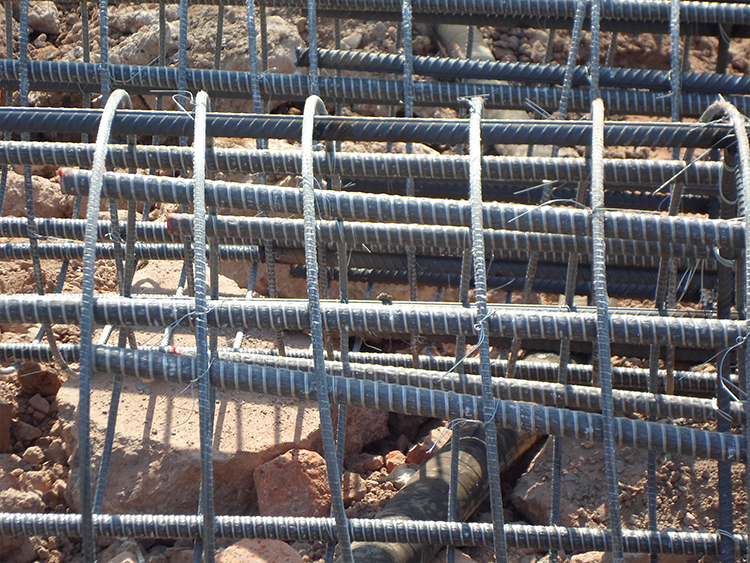GFRP Rebar vs Steel Rebar Cost: A Comprehensive Comparison for Construction Projects
The foundation of any successful construction project lies in choosing the right materials. When it comes to reinforcement, engineers and contractors face a critical decision: GFRP rebar or traditional steel rebar? While performance matters, cost remains a paramount consideration. This comprehensive analysis will dive deep into the cost dynamics of GFRP (Glass Fiber Reinforced Polymer) rebar and steel rebar, helping you make an informed decision for your next construction project.

Understanding GFRP Rebar: A Modern Reinforcement Solution
Glass Fiber Reinforced Polymer (GFRP) rebar represents a cutting-edge alternative to traditional steel reinforcement. Composed of glass fibers embedded in a polymer matrix, GFRP rebar offers unique characteristics that set it apart from conventional materials. Its corrosion resistance and lightweight nature have made it an increasingly attractive option for forward-thinking construction professionals.
Key Manufacturing Characteristics
- Lightweight composite material
- Manufactured through precise pultrusion processes
- Resistant to chemical degradation
- Significantly lower thermal conductivity compared to steel
Traditional Steel Rebar: The Established Reinforcement Standard
Steel rebar has been the backbone of construction reinforcement for decades. Made from carbon steel and characterized by its distinctive ribbed surface, it provides strong, reliable support for concrete structures. Its widespread use and well-understood properties have made it a go-to material for generations of builders.
Upfront Cost Comparison: Breaking Down the Numbers
When comparing GFRP and steel rebar, initial costs tell only part of the story. While GFRP rebar typically has a higher per-unit price, several factors influence the overall economic equation:
GFRP Rebar Pricing Factors
- Higher material cost (+30-50% compared to steel)
- Lower transportation expenses due to lightweight nature
- Reduced installation labor costs
- Minimal long-term maintenance requirements
Steel Rebar Pricing Considerations
- Lower initial material costs
- Higher transportation and handling expenses
- Potential additional coating or corrosion protection needed
- Regular maintenance and potential replacement costs
Long-Term Cost Considerations: Looking Beyond Initial Investment
While upfront costs are important, savvy professionals understand the significance of lifecycle expenses. GFRP rebar often proves more economical over extended periods due to:
- Corrosion Resistance: Eliminates recurring repair and replacement expenses
- Durability: Maintains structural integrity in harsh environments
- Reduced Maintenance: Minimal ongoing maintenance requirements
- Longevity: Potential lifespan up to 100 years in certain applications
Factors Influencing Cost Variations
Several dynamic elements impact the cost comparison between GFRP and steel rebar:
- Project location and environmental conditions
- Specific structural requirements
- Local material availability
- Current market metal and polymer prices
- Transportation and logistics expenses
Conclusion: Making the Smart Economic Choice
The decision between GFRP and steel rebar transcends simple price comparisons. While GFRP rebar may present higher initial costs, its long-term benefits often justify the investment. Construction professionals must consider:
- Project-specific requirements
- Environmental conditions
- Total lifecycle expenses
- Performance expectations
Recommended Next Steps
- Conduct a detailed project-specific cost-benefit analysis
- Consult with materials engineering experts
- Request comprehensive quotations from multiple suppliers
- Consider long-term performance metrics alongside initial pricing
By understanding the nuanced cost dynamics of GFRP and steel rebar, you can make an informed decision that balances economic considerations with performance requirements.
Ready to optimize your construction material selection? Consult with a materials engineering professional today and unlock the potential of advanced reinforcement solutions!

